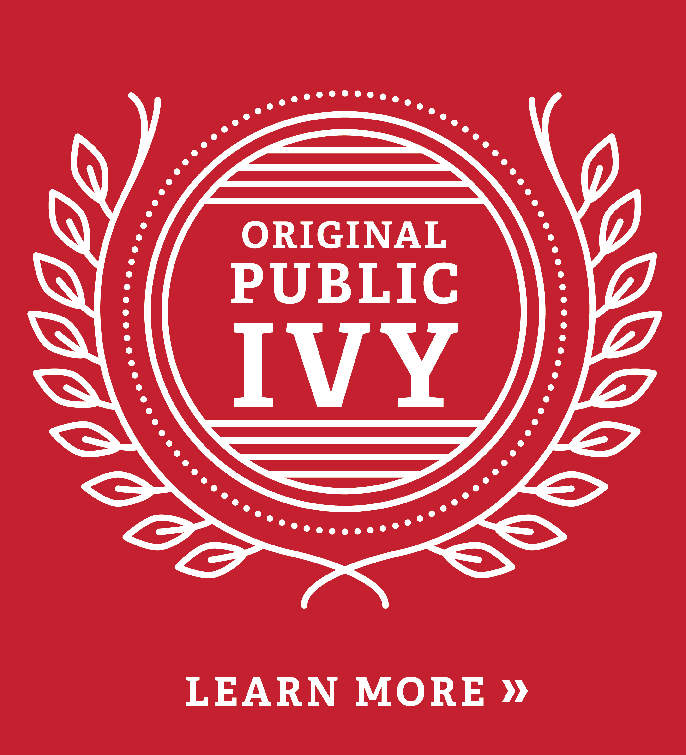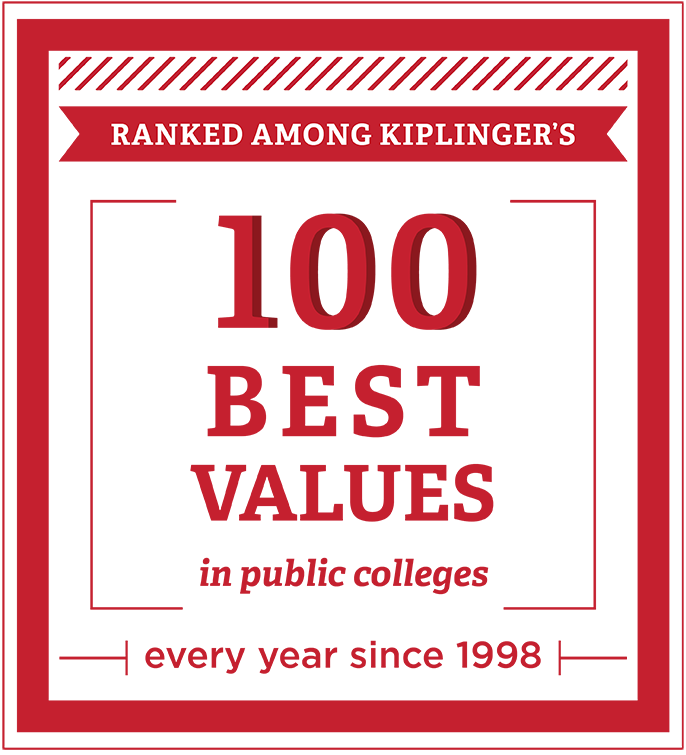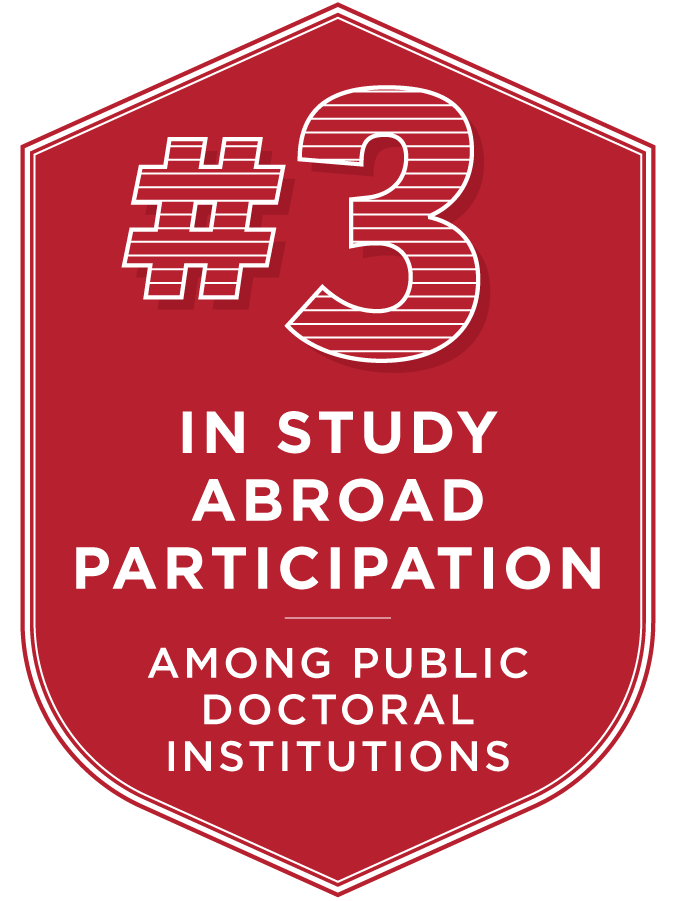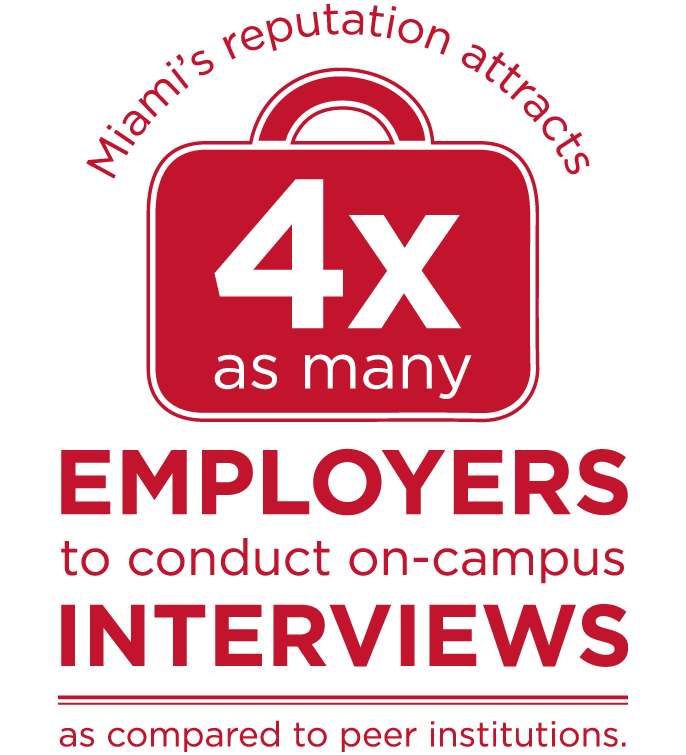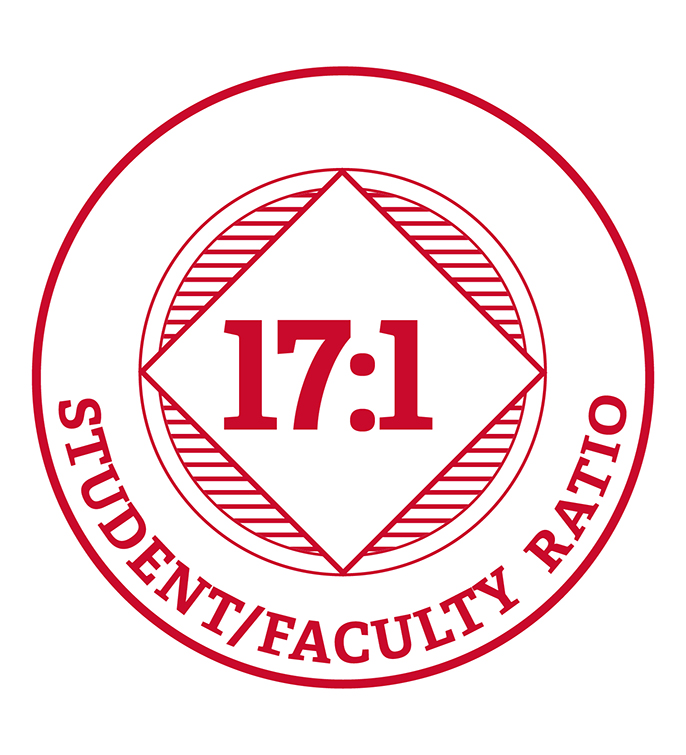Annual Address 2010
David C. Hodge
October 7, 2010
Third, Top 25 courses have placed more emphasis on higher level thinking skills. Students more frequently:
- Support their ideas and beliefs with data or evidence
- Make judgments about the value of information, arguments, or methods
- Apply theories or concepts to practical problems or new situations
- Work on a project or paper that requires integrating ideas from various sources
One of the most important results of all this change is that sequential assessments of student performance are identifying gains in critical thinking by our students. The bottom line is that Top 25 courses are creating more motivated, engaged, and successful students who are better prepared to learn for the rest of their lives and careers, and who are more competitive when seeking their next opportunities.
We have another opportunity for significant change in how we teach as we transition to Sakai as our new Collaborative Learning Environment (CLE) platform. Faculty and staff chose Sakai over Blackboard because it offers more flexibility and responsiveness to our learning needs. Rather than simply transporting existing assignments and activities over to the new platform, the adoption of Sakai offers the opportunity to rethink everything from course delivery to peer-to-peer learning. Instead of the CLE platform merely accommodating standard classroom activities, we will be able to imagine and institute new approaches to learning.
Many of the specific goals in our Five Year Strategic Goals relate to what George Kuh has termed “high impact” experiences, most of which are experiential in nature. They are considered high impact because they have an unusually great effect on student growth. More recent studies have also shown that high impact activities can have a profound effect on retention, especially for more academically disadvantaged populations.
At the top of our list of high impact activities is study abroad. We have increased the percentage of graduates who have studied abroad from 36 to 44 percent over the past four years as a result of emphasizing the importance of studying abroad, improving scholarship support, and altering the Miami Plan to better accommodate the curricular disruptions of studying abroad. Our goal is to achieve at least 50 percent for our student body at Oxford, a number that would be the highest in the nation for public universities.
Clearly, a global perspective is critical to our future success. In addition to increasing the proportion of students who study abroad, we are also fortunate to have seen a rise in the number of international students attending Miami. Their presence on campus has already had a noticeable effect, and we expect both their numbers and impact to grow in the years ahead. We have also added a global perspective to the Miami plan, increasing our emphasis on expanding the perspectives on our students. Fortunately, through the use of technology we can do much more to be connected to other parts of the world. One example of such innovative approaches is a collaborative social justice course that Rodney Coates has assembled with fourteen colleagues located in universities in six countries. Next spring, Miami students will routinely be “Skyping” and working collaboratively with students from these different countries. Another is the joint Master’s program between Miami’s Gerontology program and the Gerontology program in Mahidol University in Thailand. There are many, many more examples of programs that provide for collaborative research and study throughout the world, and we need to add to that list.
A second “high impact” activity is student research. We have increased significantly the number of students directly involved with a faculty member, staff, or graduate student in research projects. Without a doubt, this is the gold standard, and we should do all that we can to encourage such opportunities. However, scaling this experience to a majority of our students is extremely difficult. Thus we need to consider additional experiences that can achieve many of the benefits that a student receives working directly with a faculty member on research. Infusing the engaged learning paradigm throughout the curriculum provides significant opportunities to do just that for virtually all students. As I have discussed in previous annual addresses, a major component of intellectual maturity is what Marcia Baxter-Magolda has described in her work as self-authorship. Self-authorship requires a belief in one’s position as the potential author of new knowledge, the perception of being a member of a community of scholars with whom to work collaboratively, and the ability to undertake original research or creative endeavors. The Top 25 Initiative is about establishing the foundations for the path to self-authorship. We need to look at our curricula through the lens of research so that our students, immersed in the world of research, adopt the habits of mind of a scholar, relentlessly asking questions, seeking answers, and creating new forms of expression. These qualities will prepare them exceptionally well for their lives and careers, especially in a world of rapid and profound change. Most importantly, they will come to see their Miami Experience as part of the “real world” and not apart from the real world.


